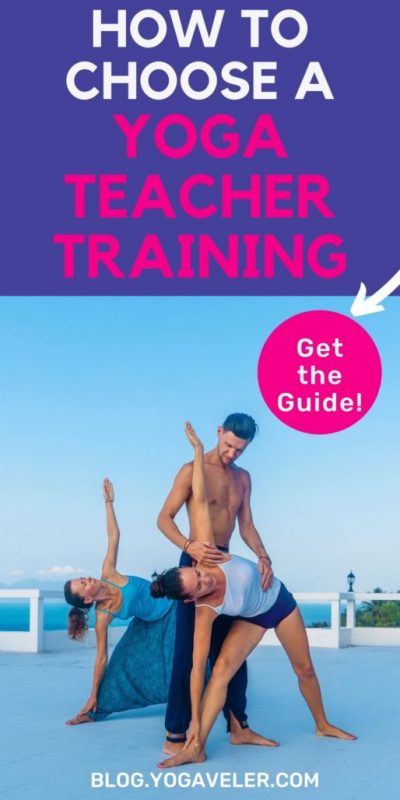How to Choose a Yoga Teacher Training?
8 things you must know and think about when choosing a yoga teacher training course.
Your life has changed since you have been rolling out your mat on a daily basis.
You are not satisfied with your work and you see the world differently now.
You feel inspired by your yoga teacher and you see yourself as one who can transmit all of the yoga embodies… Then, why not take the step?
Once you’ve made this observation, one of the most difficult questions you’ll have to answer is: how to choose a yoga teacher training?
Given the abundance of yoga instructor training courses, in this article, I suggest 8 steps of reflection that will allow you to determine the best yoga teacher training you wish to engage in.
- Do you want to teach yoga or improve your personal practice?
- Which style of yoga do you like?
- What is the content of the training and who is the teacher?
- Is it a Yoga Alliance recognized and certified training?
- What format is best for me? How many hours and how long does it take?
- Do you want a training for all levels or for experienced yogis?
- Would you like a training in your country or abroad?
- What is your budget?
Well, I tell you everything!
The first question to ask yourself in order to best choose your yoga training is the following:
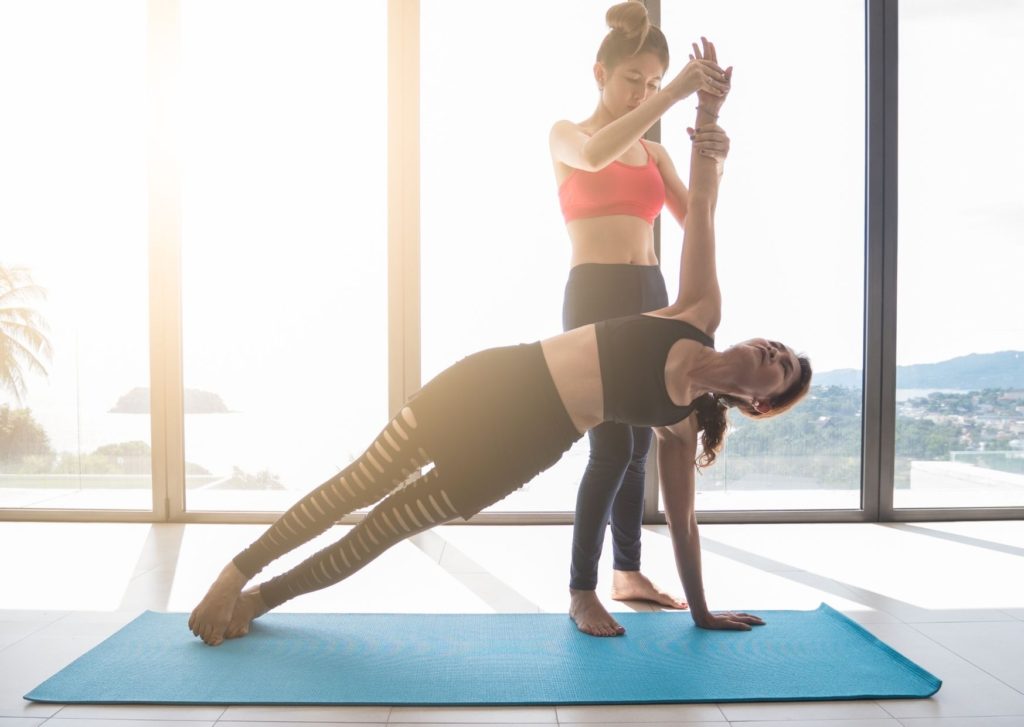
1. Do you want to teach yoga or improve your personal practice?
This step is very important.
Ask yourself about your intentions and expectations for your future teacher training.
This will largely determine your choice.
What type of yoga training should you choose in terms of length, degree, style of yoga and program?
Note that teacher education is an opportunity to build relationships with people who share the same values as you.
A word of advice, stay open, you can start your training without having the intention to teach but the desire to transmit can come during it.
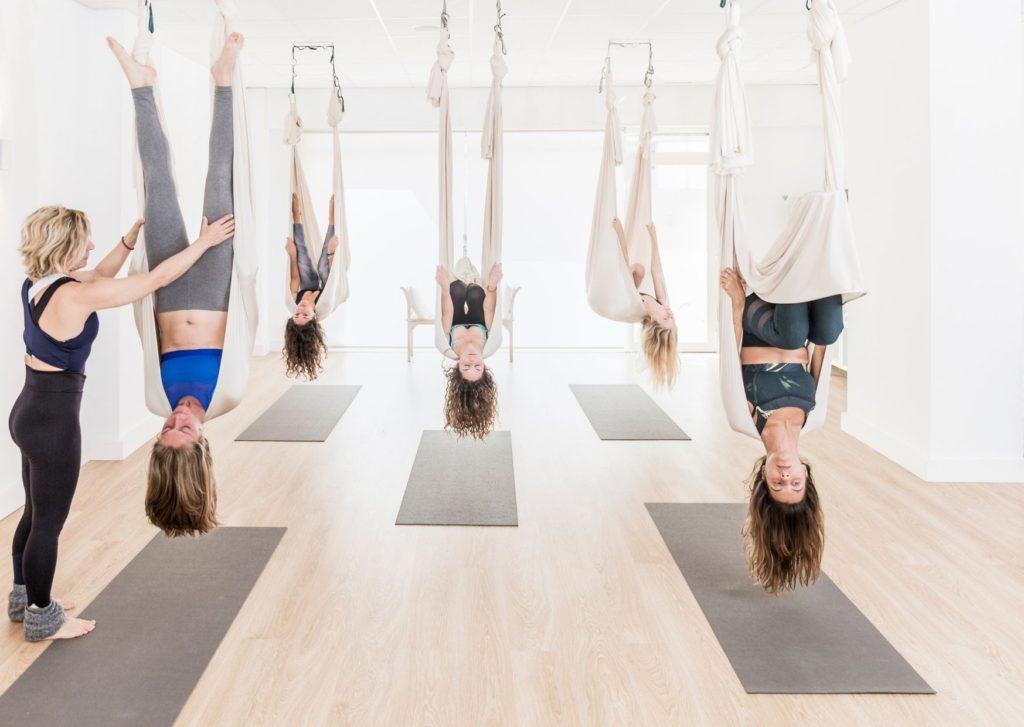
2. What style of yoga?
Each yoga teacher training program will have a different lineage, purpose and focus.
So, you need to find what resonates for you: Hatha Yoga, Ashtanga Yoga, Aerial Yoga, or Iyengar Yoga to name a few.
Note that Hatha Yoga and Ashtanga Yoga are the two main styles from which all other styles are derived.
It is an ideal base for perfecting oneself later on in another style of yoga during a short training course for example or an intensive course.
This brings us to the next question…
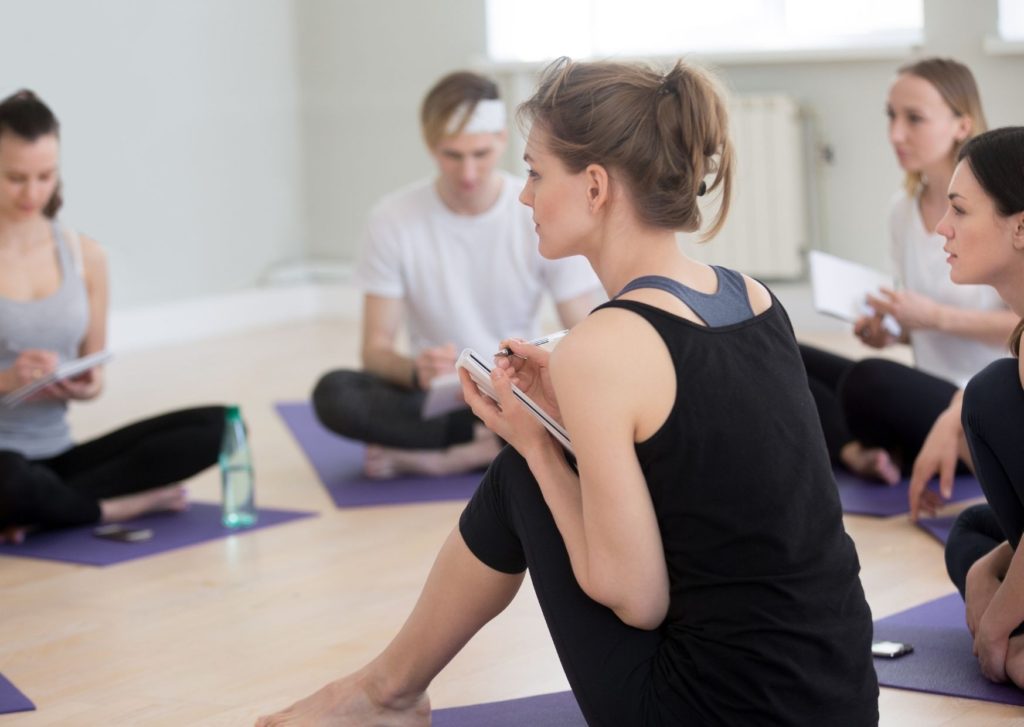
3. What is the content of the yoga instructor training, and with whom?
The YTT must have a clear mission and learning objectives.
You need to know what skills will be learned during the training, and be familiar with the program before you begin.
A complete curriculum should address:
- Teaching asanas (postures),
- Bandhas, drishti, Mudra, etc.
- Teaching adjustments
- 25 Hours and 60 hours of assistance or observation
- Anatomy course
- Transmission methodology
- Yogic philosophy
- Breathing method
- Method of meditation
- Link with the Indian lineage (optional)
Questions you can ask teachers:
- What does a typical day look like?
- How are the Asanas learned?
- How many hours of practice are there each day?
- How many hours of anatomy, philosophy…etc?
- How many trainers teach the courses, who are they and what are their experiences?
It is also advisable to get to know the teachers, or read reviews from past participants because it is important to appreciate and trust your future teachers.
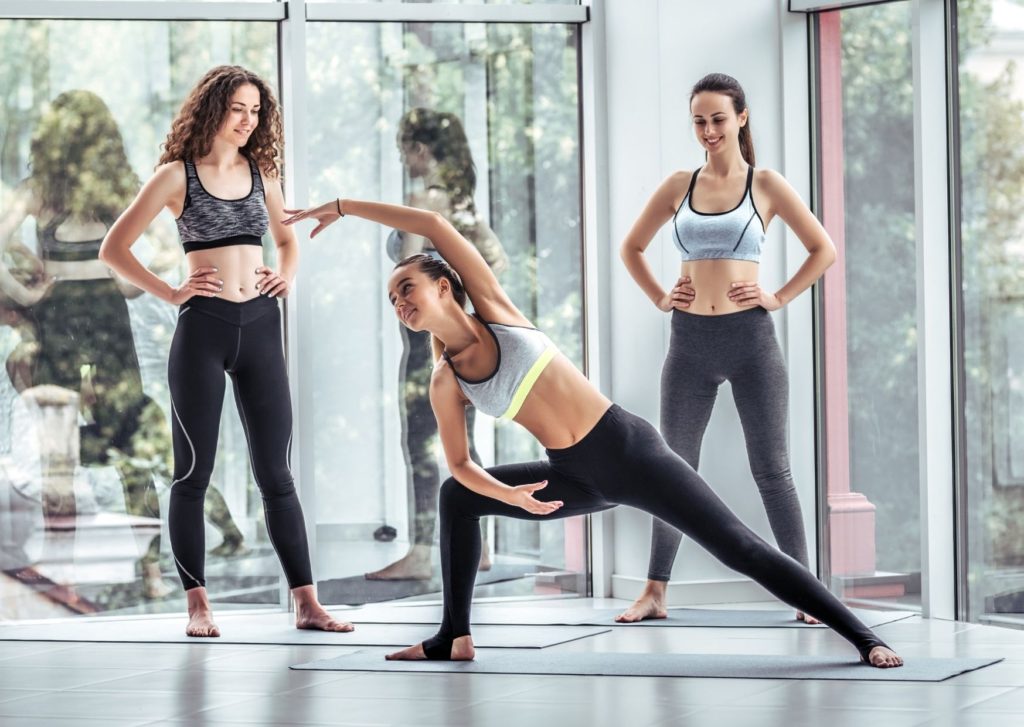
4. A yoga teacher training registered with Yoga Alliance or not?
A large part of the Ashtanga, Vinyasa, Hatha and Iyengar yoga teacher trainings, are validated by Yoga Alliance.
What is Yoga Alliance?
Yoga Alliance is a non-profit organization (1997), based in Virginia, USA, which seeks to set a minimum standard for yoga teacher training worldwide.
It provides a framework for the practice of yoga. Number of hours, methodologies, subjects, curricula, etc.
This certification does not ensure the quality of the training but it does set rules.
If you plan to teach in the United States afterwards, your yoga training must be validated by the Yoga Alliance.
Many studios, retreat centers and gyms abroad also often ask future teachers to be certified because it is seen as a guarantee of quality teaching.
At the end of a training course certified by Yoga Alliance, you will receive an official diploma. You can then register on the list of recognized Yoga Alliance teachers.
This also validates the number of hours you have followed (RYS 200h, RYS 300h, RYS 500h…).
Yoga Alliance has less impact in Europe for instance, the certification is generally not necessary to practice as a teacher but who knows where you will teach afterwards!
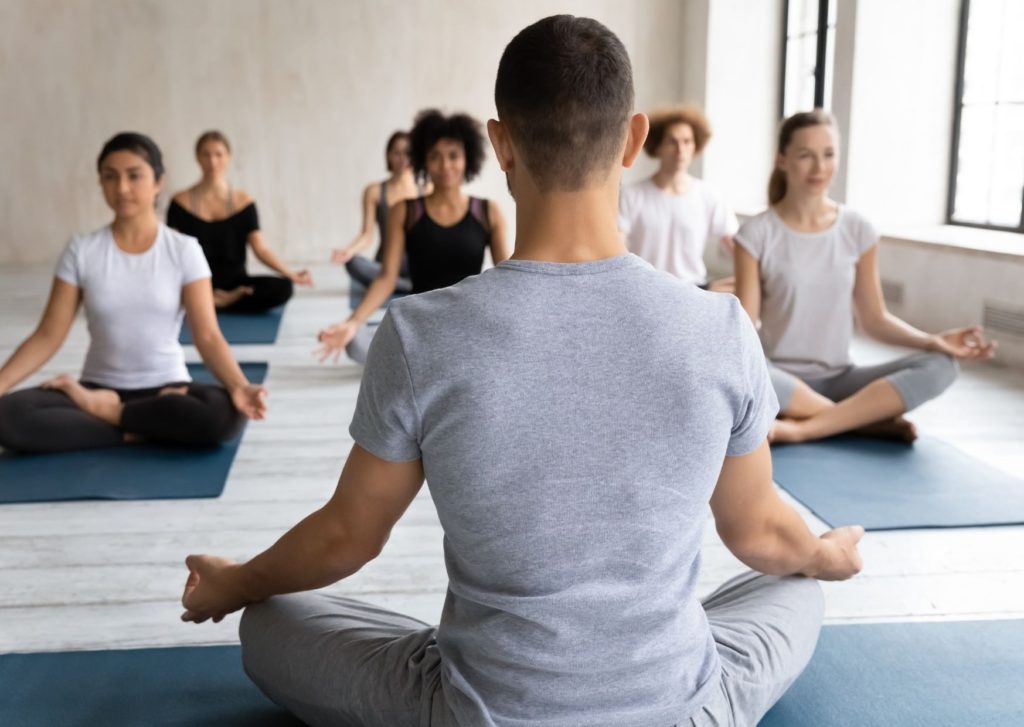
5. What volume per hour should I choose? And in how much time?
The training courses offer programs of 200h or 500h over one month or 3 years.
The choice of the formula depends above all on your availability and your personal situation.
Intensive courses
The major advantage of a one-month intensive yoga teacher training course is that you are 100% immersed, which allows you to be totally involved and not distracted.
Beyond the teaching received during the classes, an intensive training allows you to learn a lot about yourself in a short period of time.
You live and sleep yoga.
Although it can sometimes be difficult emotionally and physically, it is a unique, unforgettable and transformative experience that allows you to push your limits.
In addition, meditation and introspection classes allow you to take stock and work on yourself.
Many themes of life are addressed during the training, it is the ideal opportunity to question oneself and to discover aspects of one’s personality that were previously unrecognized!
It is also a life experience that teaches us how to live within a community. We discover ourselves differently by sharing with new people from all over the world on a daily basis.
Continuing education
Continuing education is usually spread over several weekends or weeks.
Contrary to intensive training, this type of formula allows you to mature and appreciate the evolution over time.
This format allows for integration, exploration and questioning.
In addition, with continuing education, it is possible to combine yoga training with one’s current lifestyle and work.
It’s also important to note that the sharing between students during the course, creates a real sense of community.
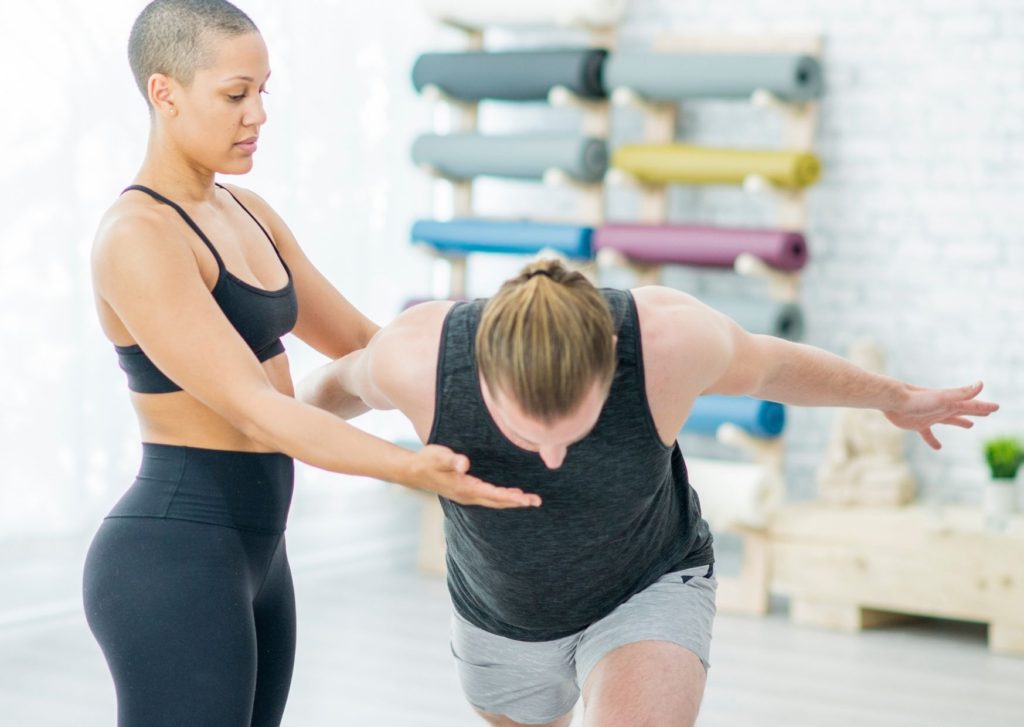
6. An "All Levels" training or a training for "confirmed practitioners"
Some courses require prerequisites such as autonomy in the First Series for the Ashtanga Yoga courses, for example, or a minimum of one year of practice.
Other yoga instructor training does not require any previous experience or training. All of the basics will be reviewed within the course.
Advice: if you have an advanced level go towards a training requiring at least 3 years of practice in order to join a more stimulating group.
These courses are not only intended for yoga teachers who wish to enrich their teaching and yoga lessons, but also for people who want to take their practice to a whole new level.
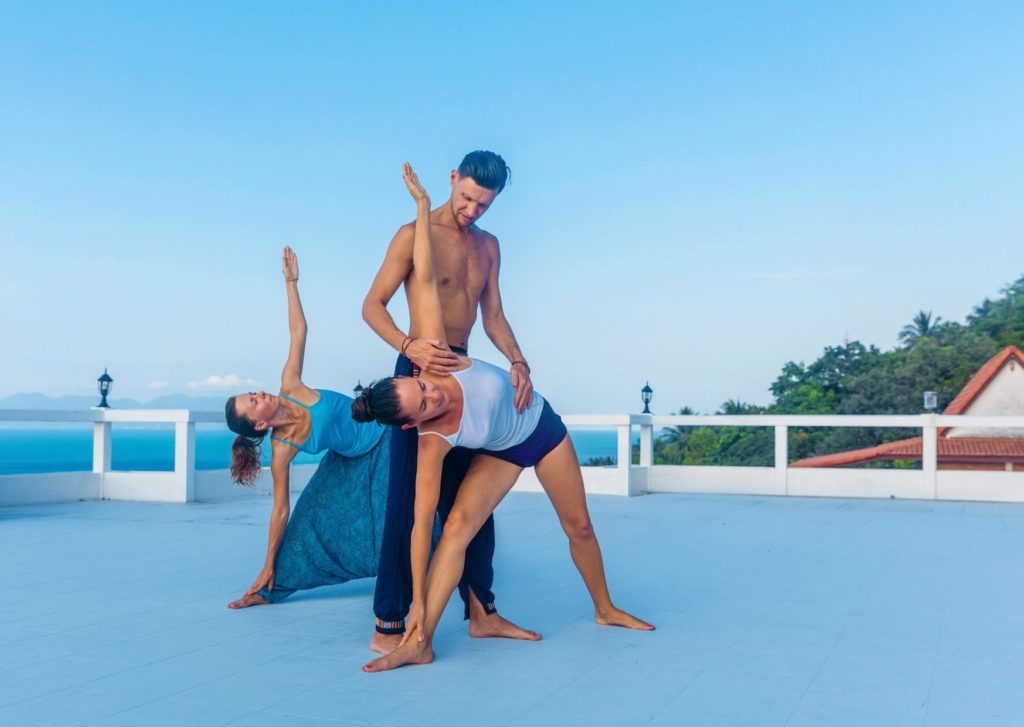
7. Attending a YTT in your country or abroad?
Some teacher training courses take place in India, Costa Rica, or Thailand, for four or five weeks.
This format often arouses interest for its exotic dimension.
If you have the time to do so, this is an option to consider. The advantage of yoga training abroad and/or intensive training is total immersion. You are in a yoga bubble.
If your English level is average to poor, you can also opt for a translated course.
Also, be sure to read the description of the teachers and the school, the conditions of the stay, and read reviews from former students. Once you’re there, it will be difficult to go back.
On the other hand, continuing education for teachers in your country will allow you to continue working and stay connected to your daily life.
In short, the choice of a foreigner or local training will depend on your needs and expectations.
This is why it is so important to define your intentions, see step 1.
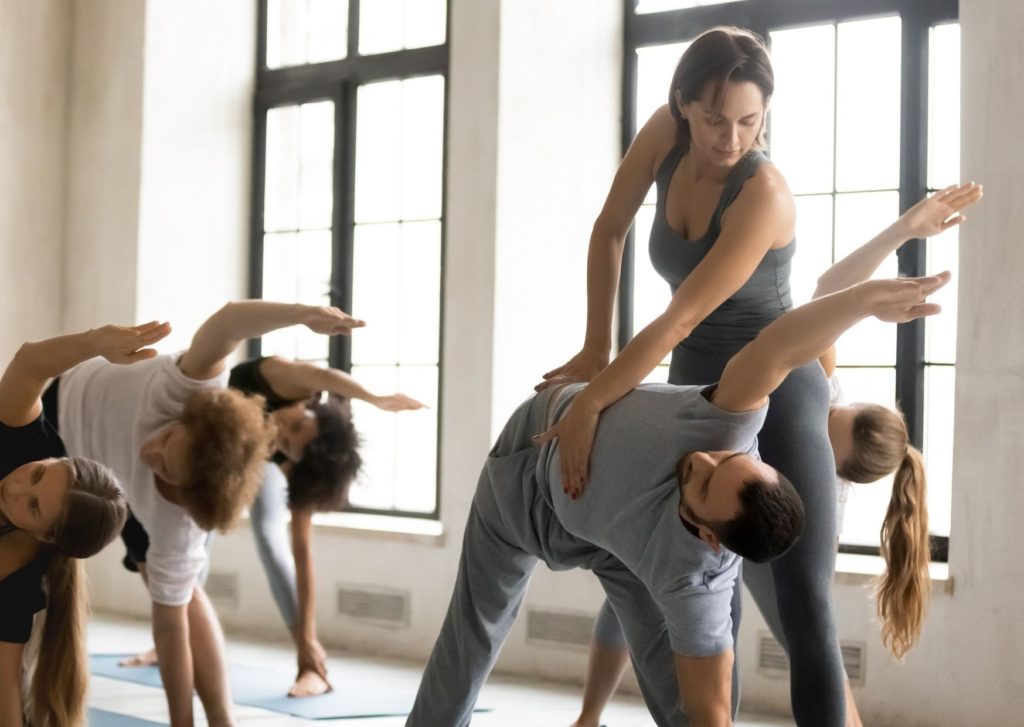
8. How much should you expect to spend for a YTT course?
Prices can vary from $1200 for an intensive training in India, to $4000 and more, depending on many factors such as: number of hours, on-site or off-site accommodation, meals, guest teachers, equipment, special workshops, yoga classes, etc.
To learn more about 👉 the cost of a yoga teacher training, read this article and have a look to the comparison price table our team put together.
In conclusion...
Finally, before starting out, one must give oneself time for introspection, then search, ask, listen… because just as one does not improvise oneself as a yoga teacher, one does not improvise one’s training.
Once you begin your training, make sure that the teachers respect the content of the program.
Between weekends, keep an active yoga practice, take notes, read the recommended books and ask your teachers questions if necessary during the next meetings.
Create links with other students. We always find one or two people with whom we have an affinity.
These bonds are precious when we go through moments of doubt but also to share the love of yoga.
In summary, the yoga teacher training, whether it is 200h or 500h, intensive or continuous, is a time for reflection and work on oneself.
It is up to you to choose how fast you want to go.
Indeed, understanding the foundation of yoga, building a class, learning the pedagogy, adjusting the students, developing your instincts and psychology, requires a long apprenticeship.
I will end with a reflection from Sharath Jois, the grandson of Pattabhi Jois, who says:
“An excellent teacher continues to be a student first and foremost.”
Did you find this post useful? Save THIS PIN below to your Pinterest Yoga board on Pinterest for later!


